The real Jim Crow…
…was a white guy from the East River docks of Manhattan’s Lower East Side.
Thomas D. Rice.
From a working-class family.
Little formal education.
Quit a woodworking apprenticeship to go into show business.
Played small venues in the coastal South and Midwest in the 1820s and ‘30s.
While on the road, Rice developed the stage character who’d make him rich and famous.
That’s Jim Crow.
Rice blackened his face with burnt cork.
Then he put on rags, a bed cap and torn shoes and went out on stage and acted like a disabled field slave.
Que up the music and Rice danced and sang a variation of an old slave song using exaggerated Black vernacular.
Rice called his song “Jump Jim Crow.”
It had dozens of verses.
And each one ended with, "Wheel about and turnabout and do just so, every time I wheel about, I Jump Jim Crow."
And the 1830s audiences loved it.
Rice’s success gave birth to the minstrel show, which featured mostly white actors in blackface performing song-and-dance routines derived from crude Black stereotypes.
These shows would be popular from Rice’s time into the early twentieth century.
The biggest audiences for minstrel shows were in Northern cities and in the Midwest.
These were places where white people had little actual dealings with Black people.
These shows exerted a powerful influence, molding opinions in the minds of people who lived within all-white communities.
The minstrel shows’ perpetuation of derogatory stereotypes underpinned racial segregation and impeded progress in the twentieth century civil rights movement.
And this form of entertainment lasted into the 1960s.
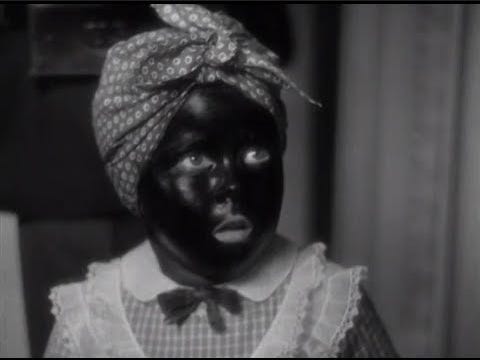
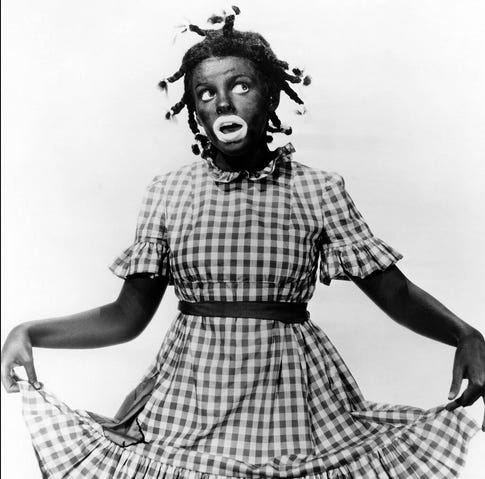
Appearing costumed in blackface was still acceptable and considered “funny” in some circles until only recently.
But no one defends it now.
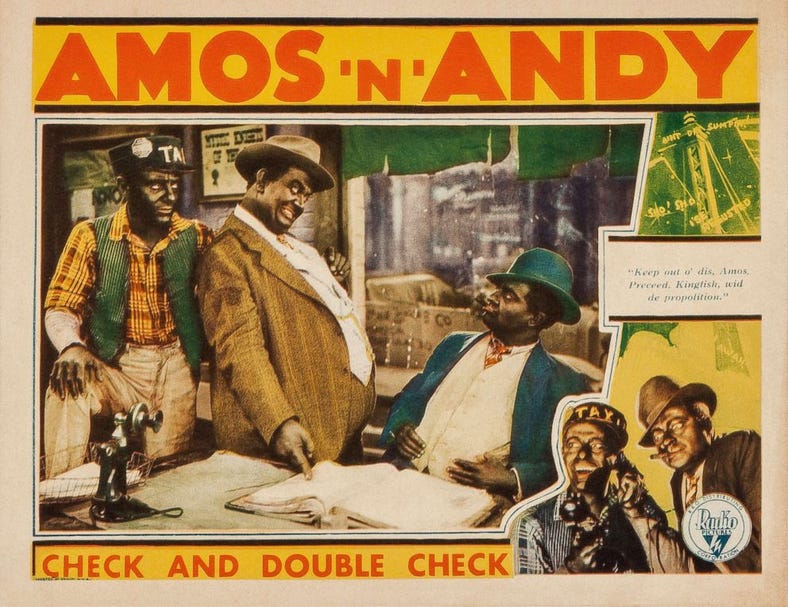
But eliminating the Jim Crow stereotype from America’s social fabric has proven difficult.
People like stereotypes.
They eliminate the chore of having to think for oneself.
******************************
I’ll see you tomorrow.
— Brenda


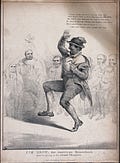


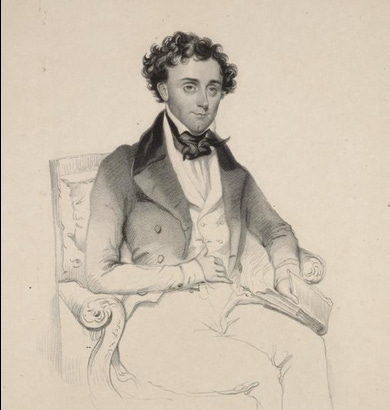
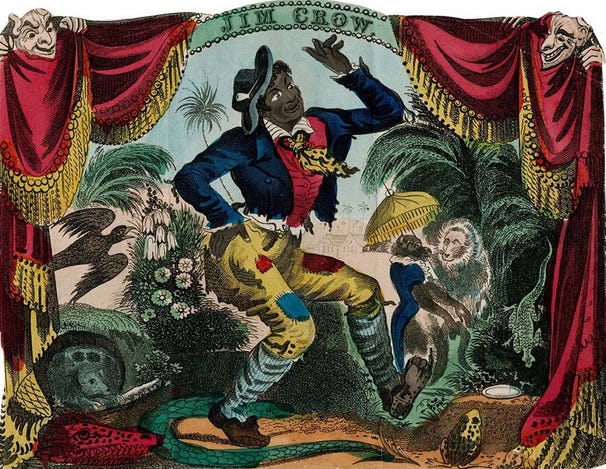

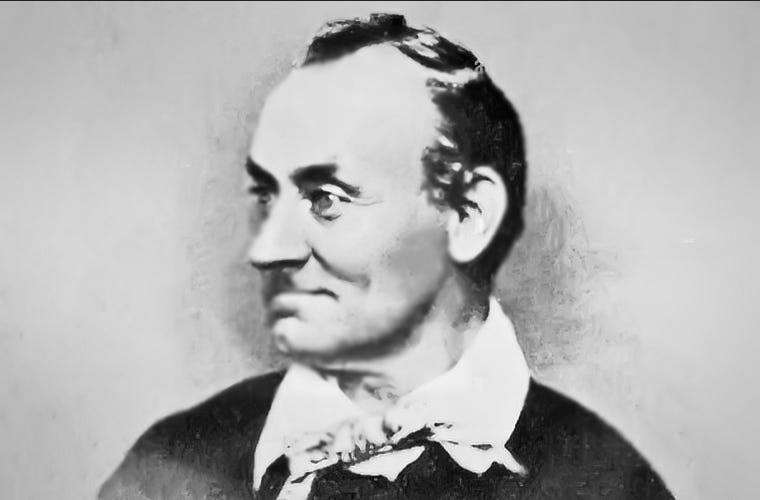
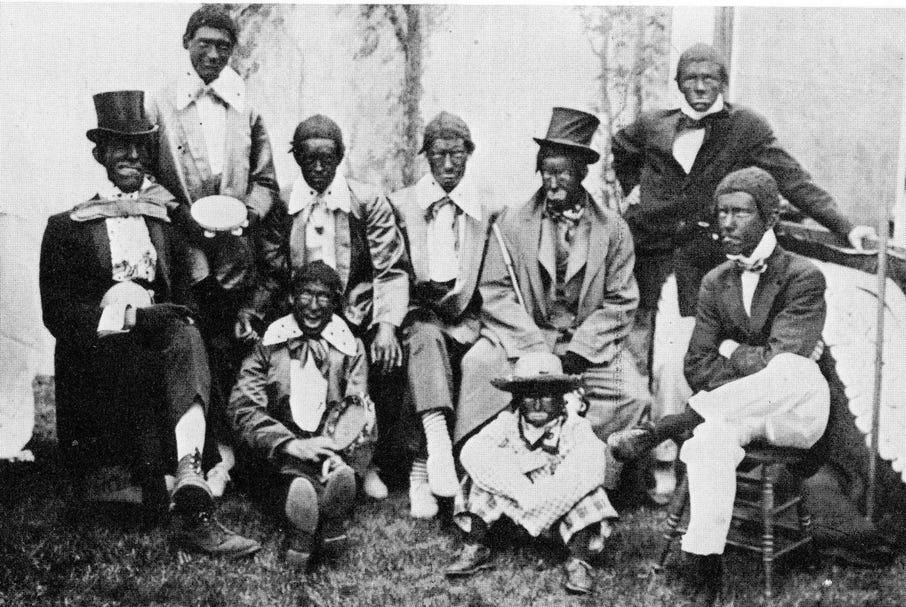
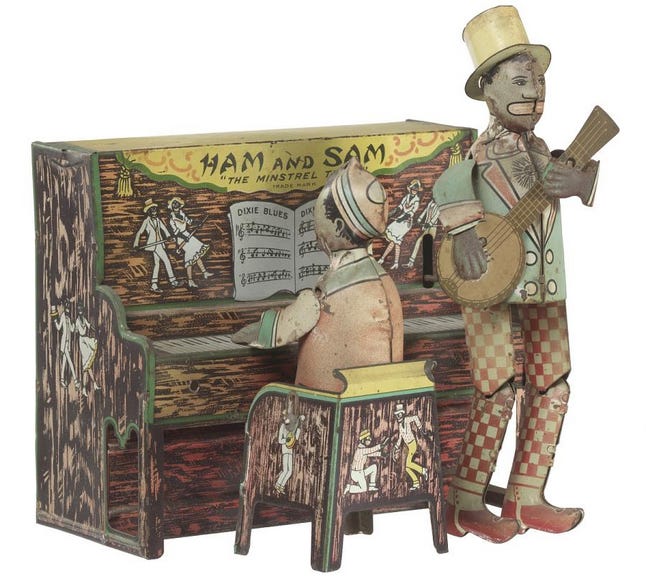
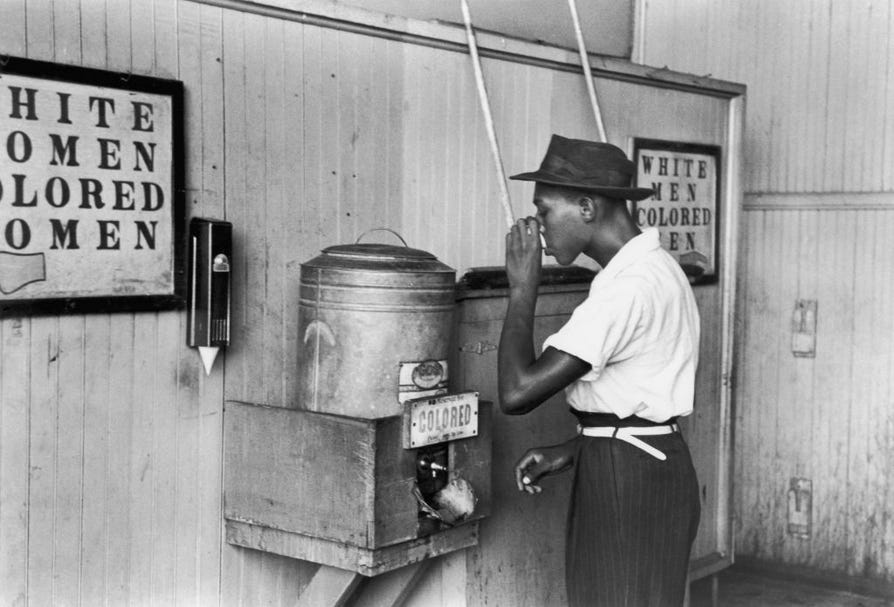


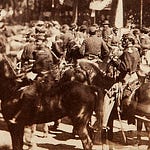
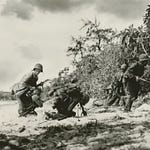
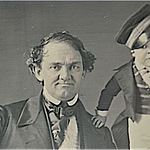
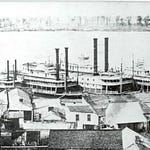
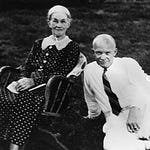
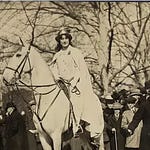

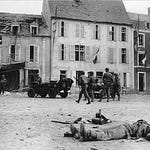
Photo of the Day